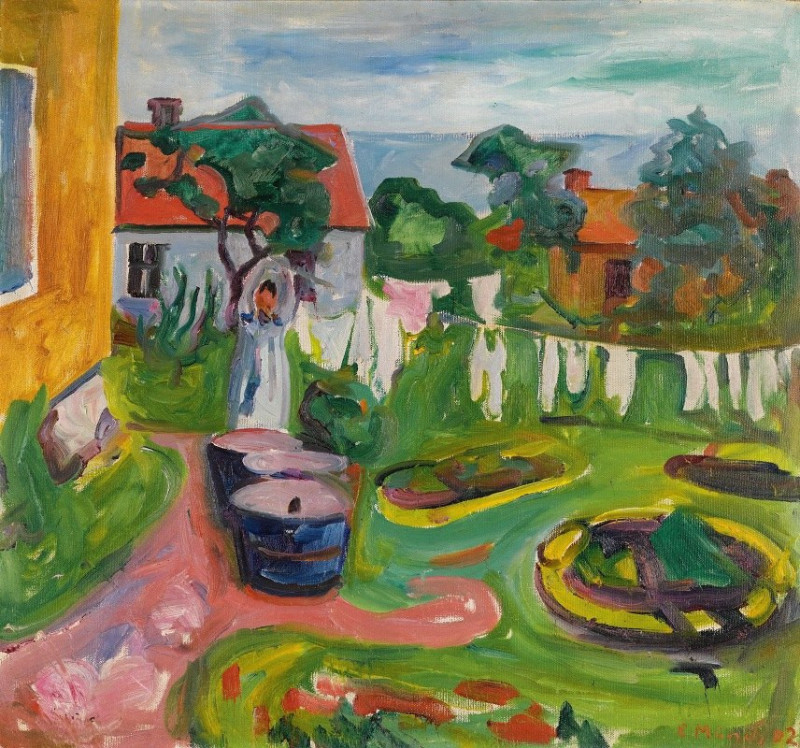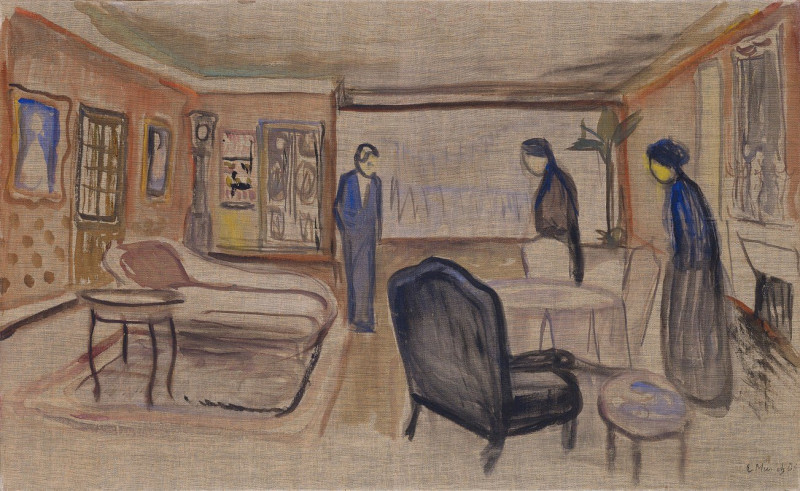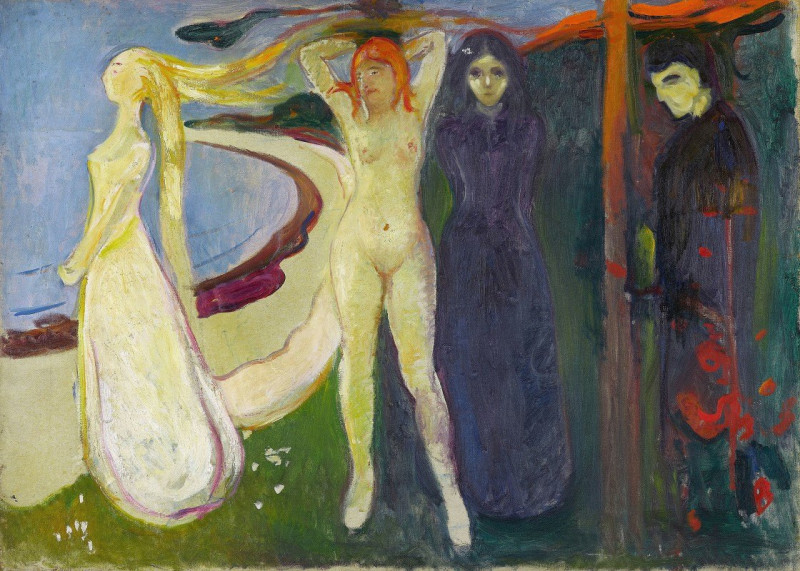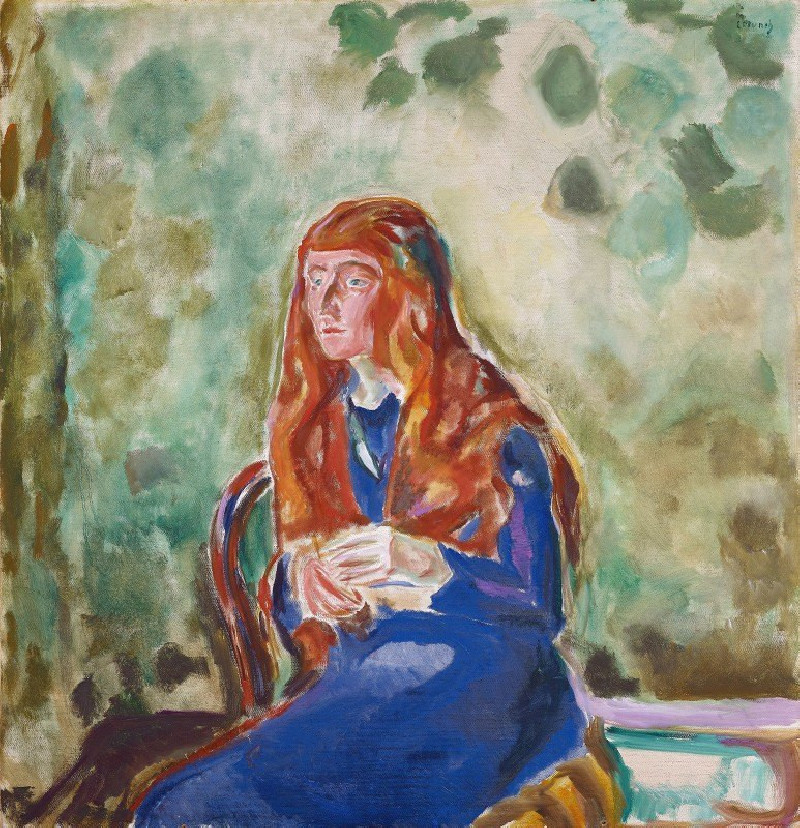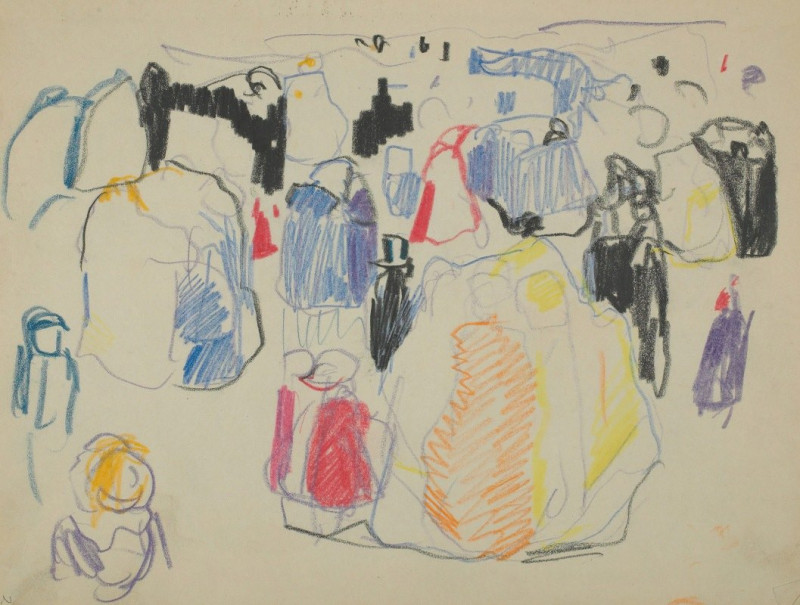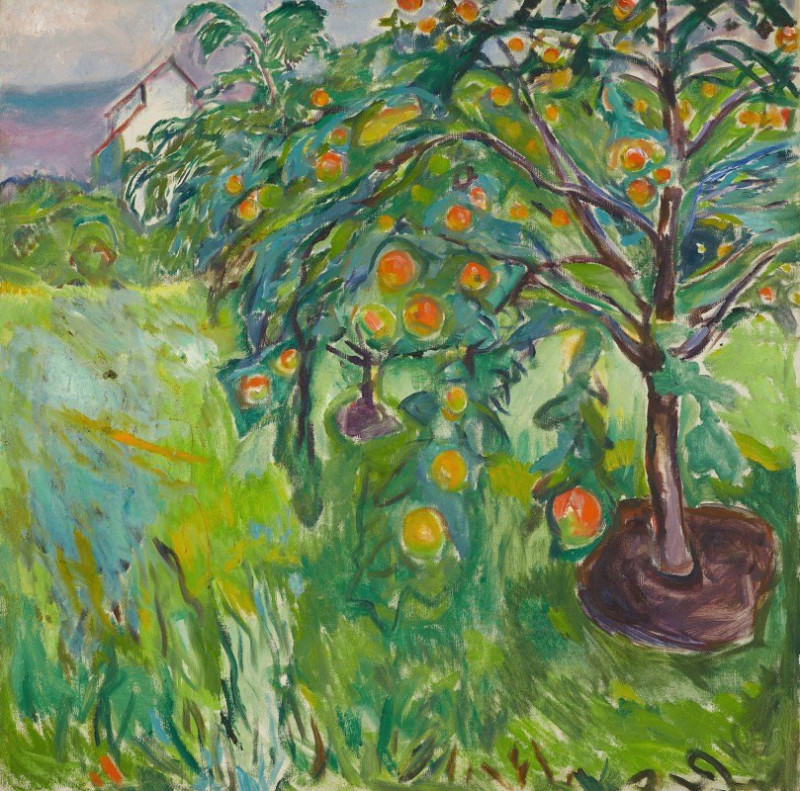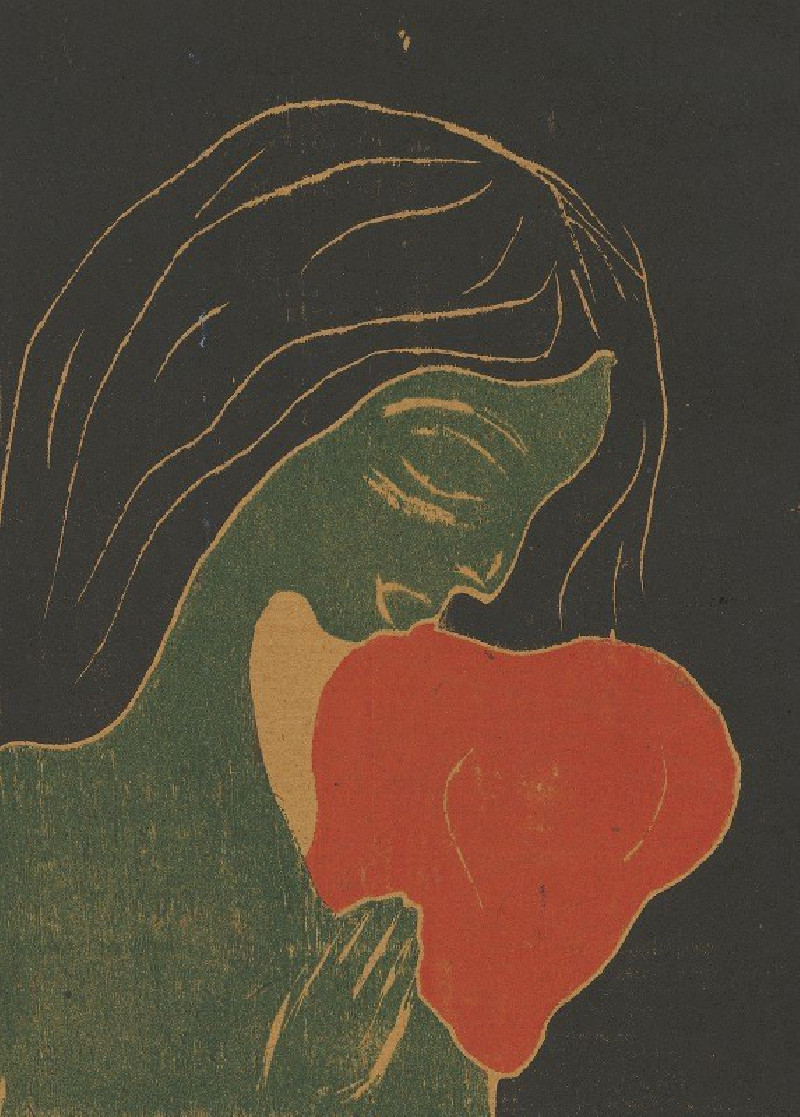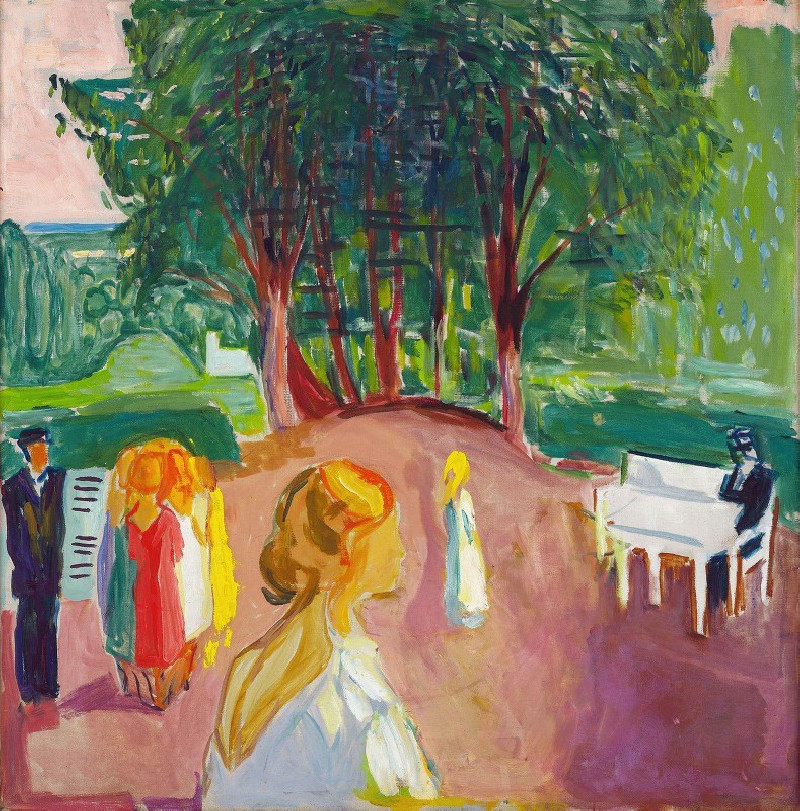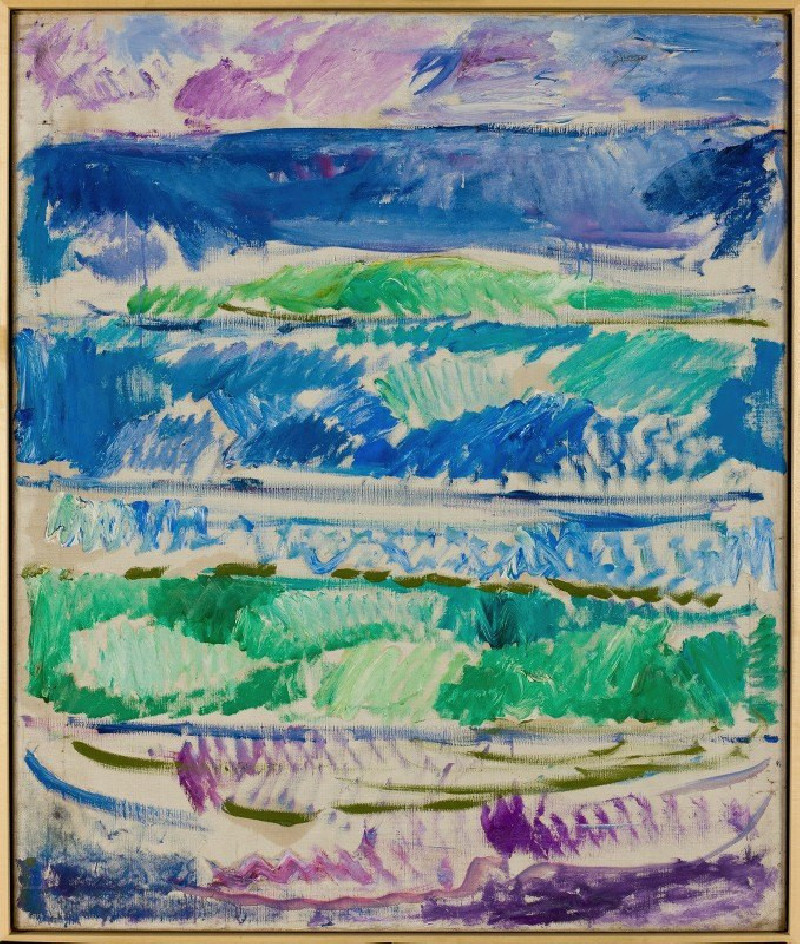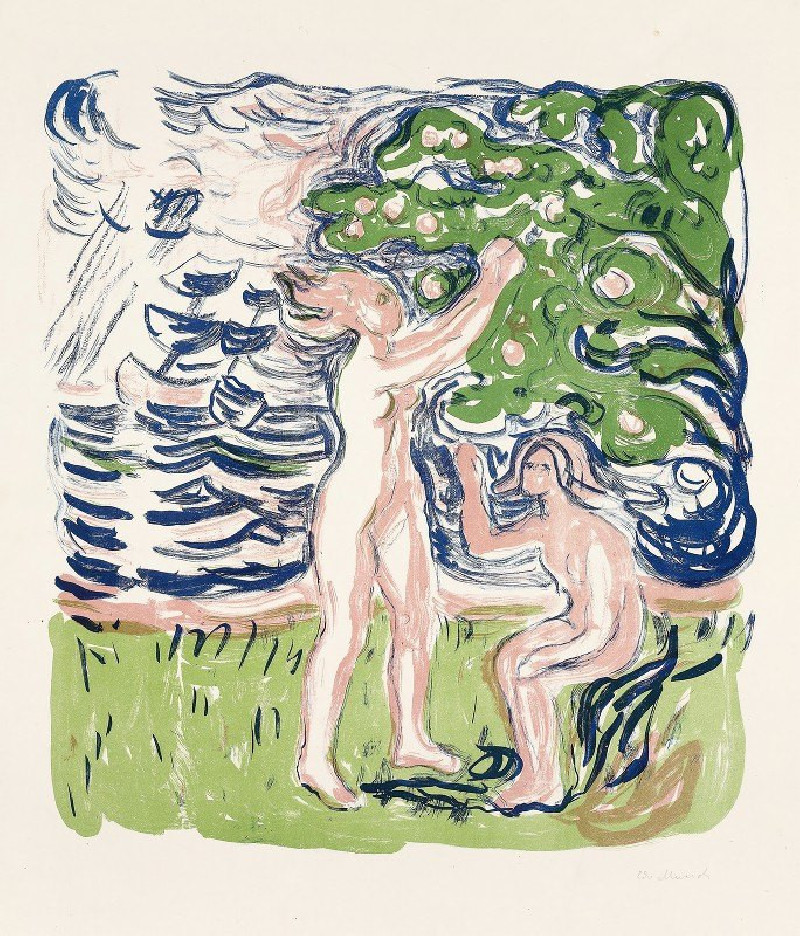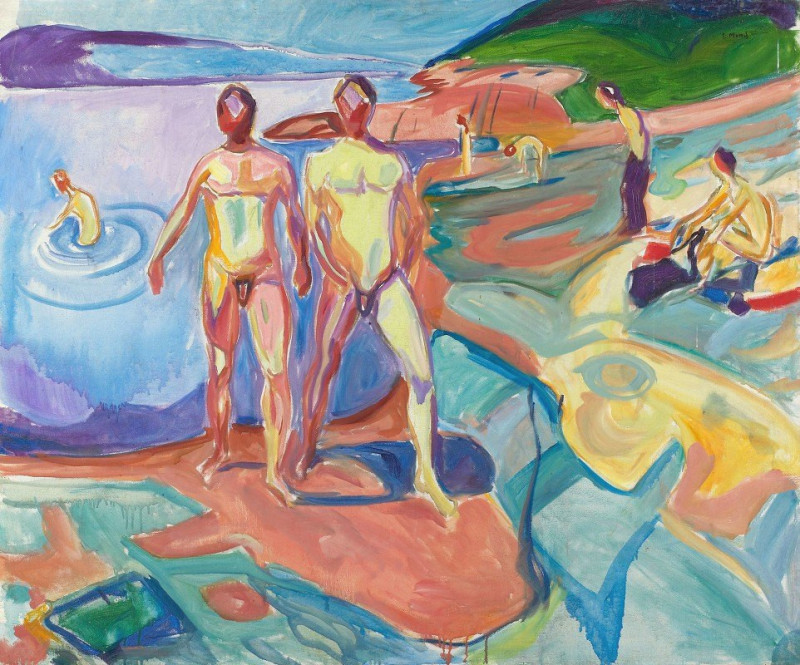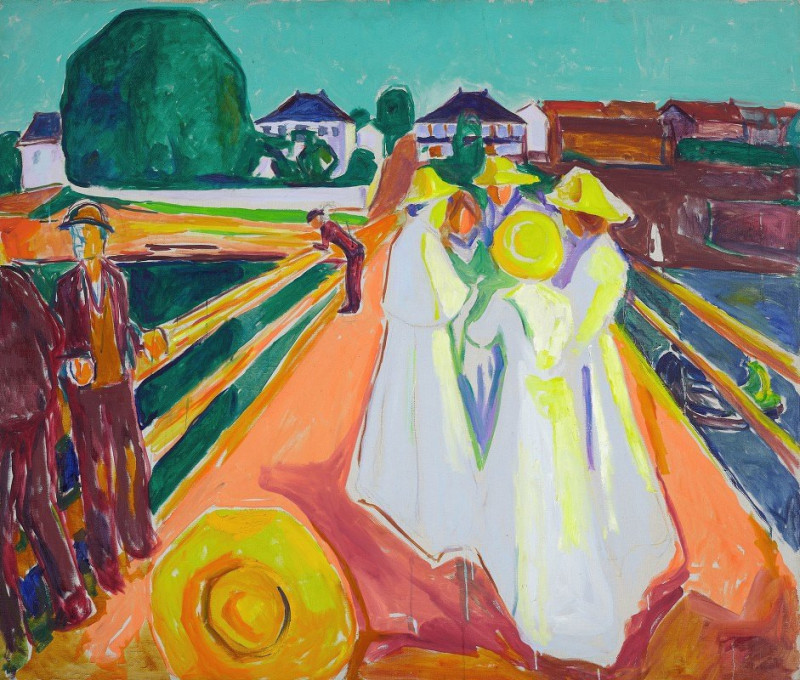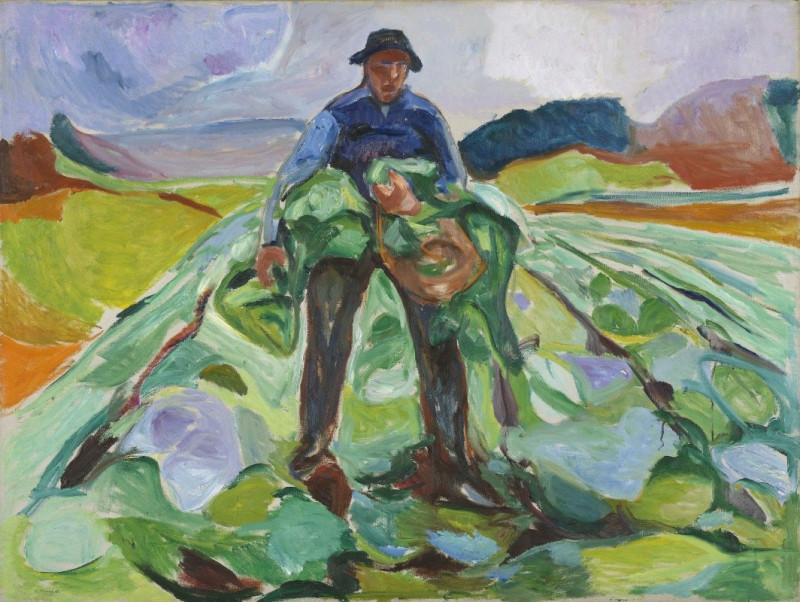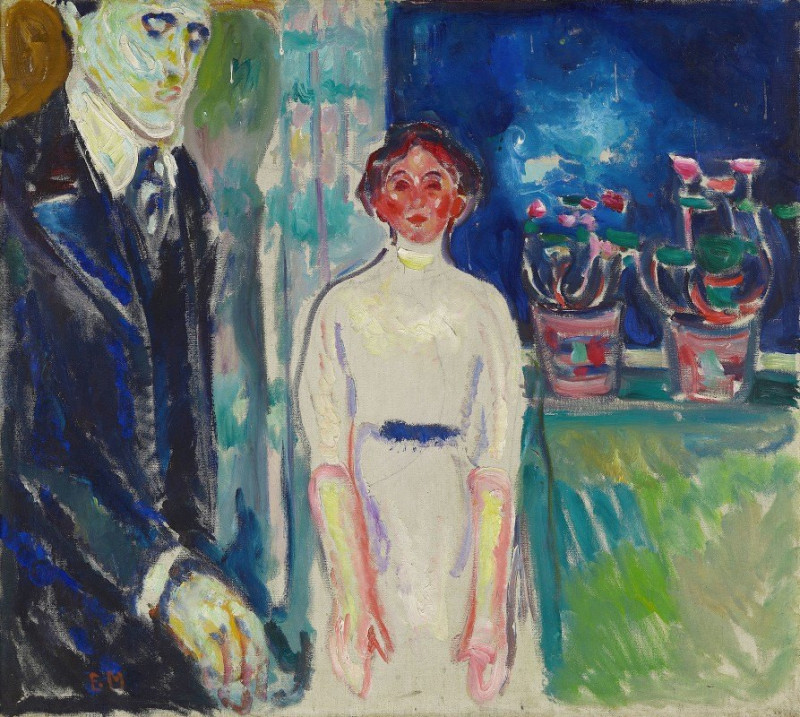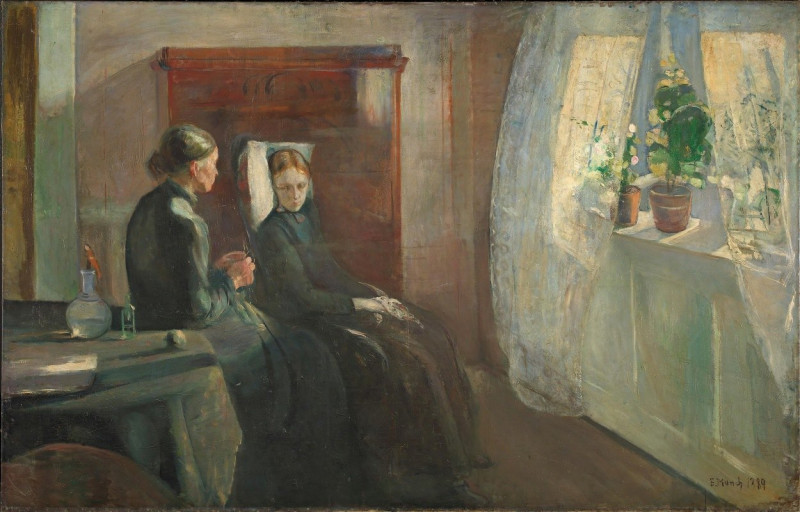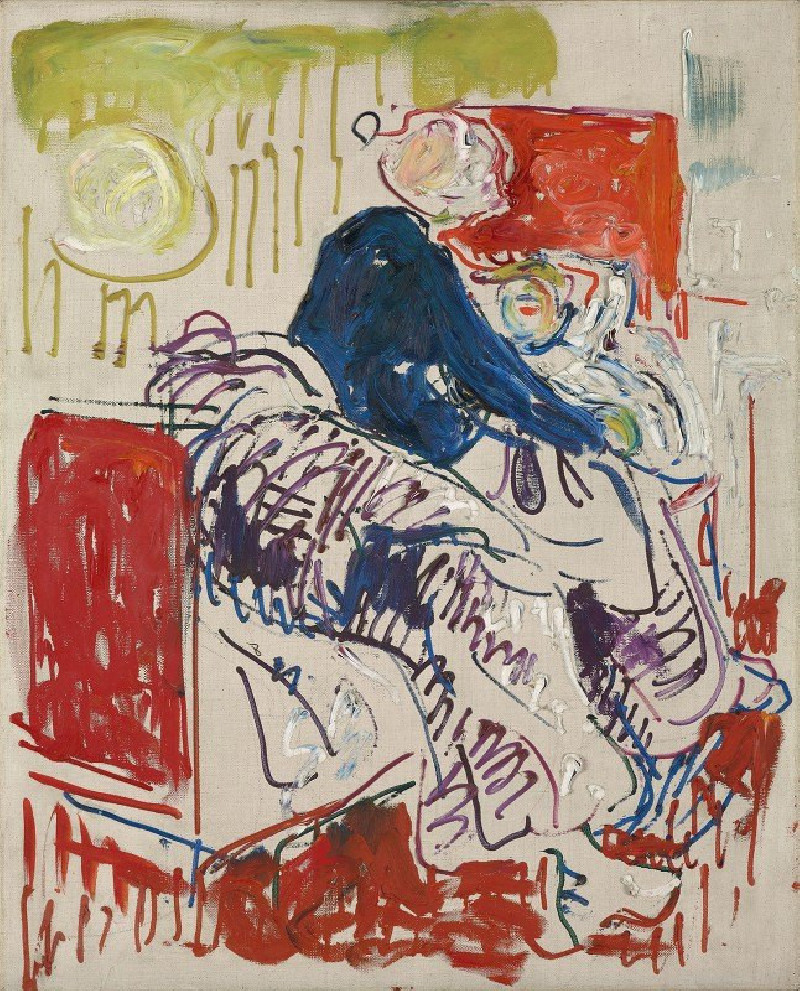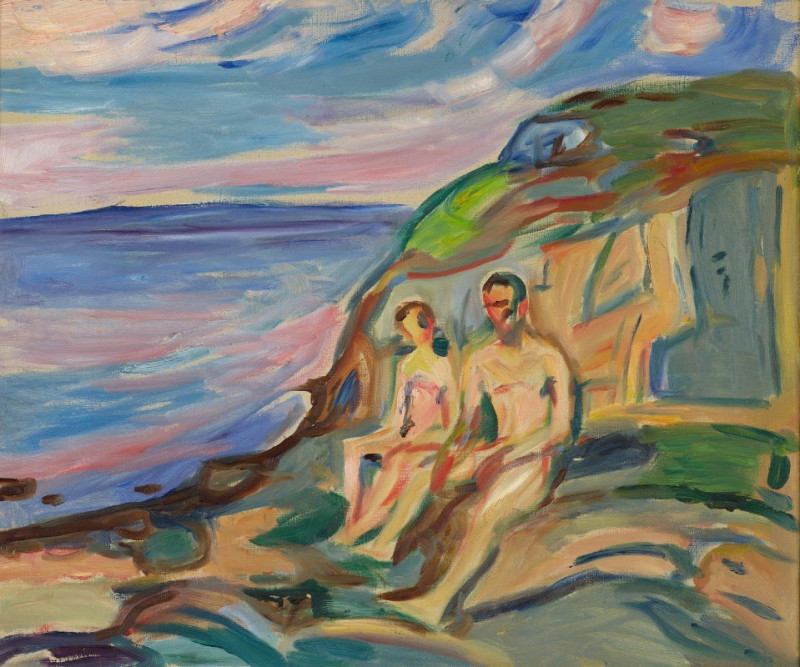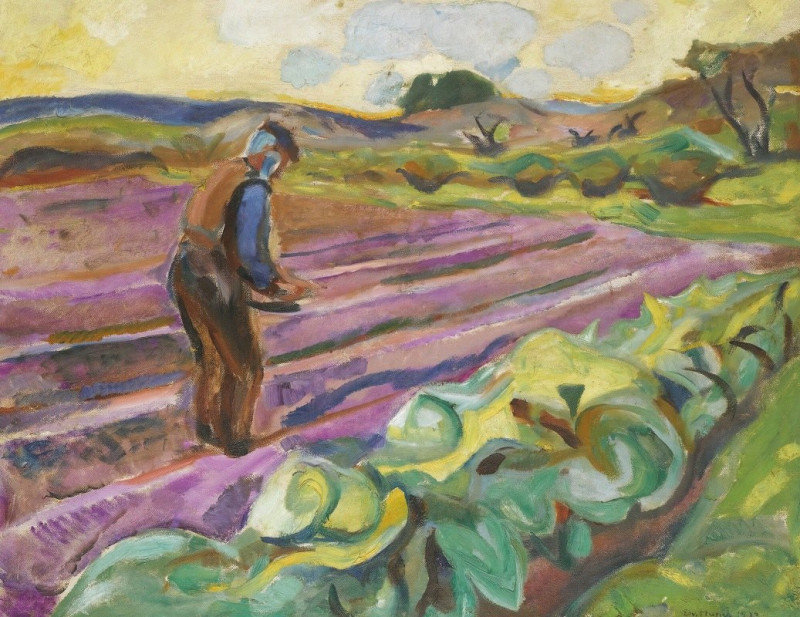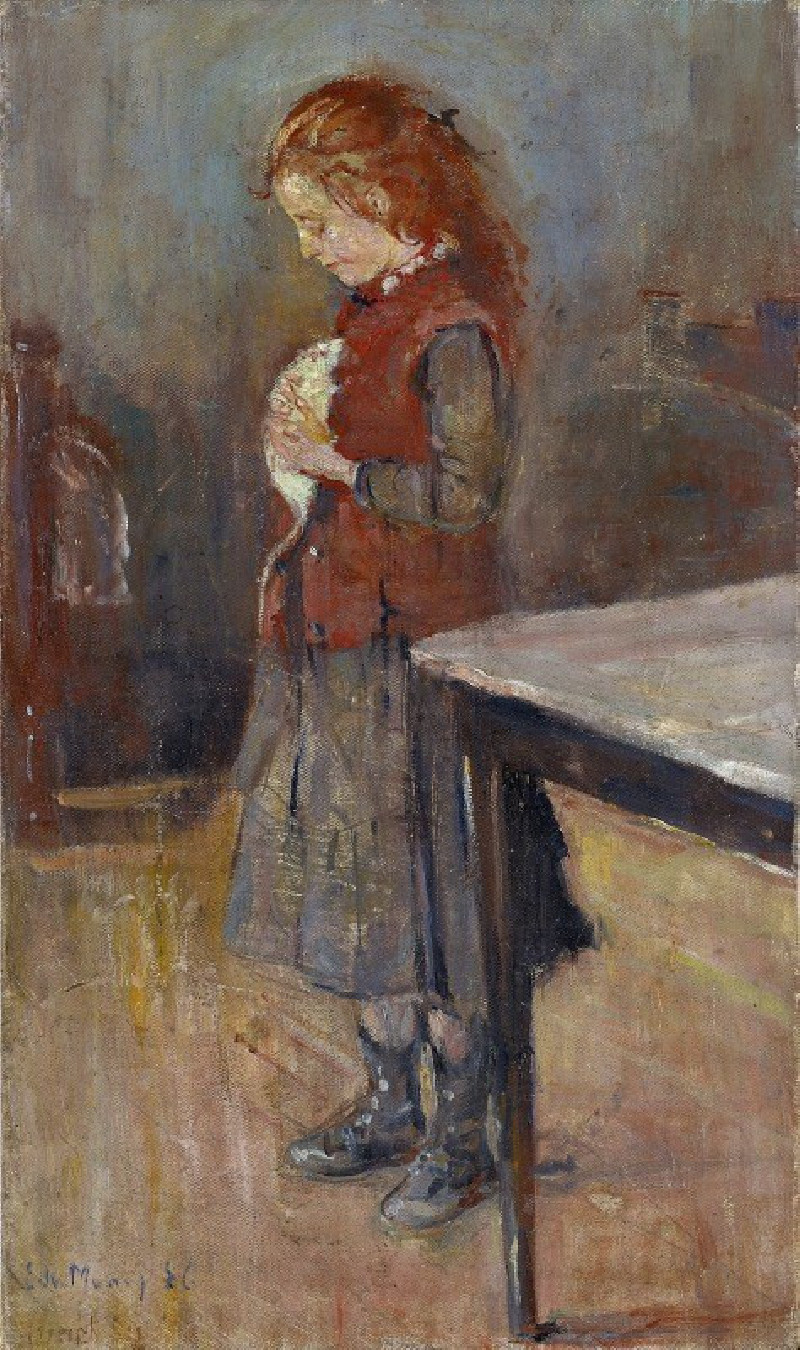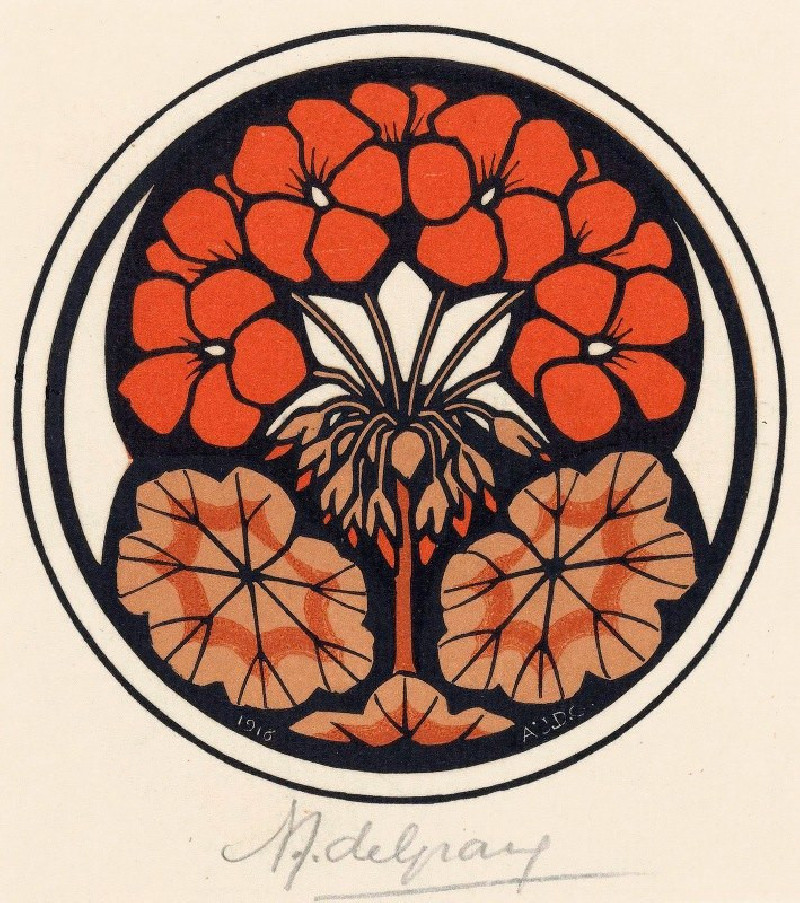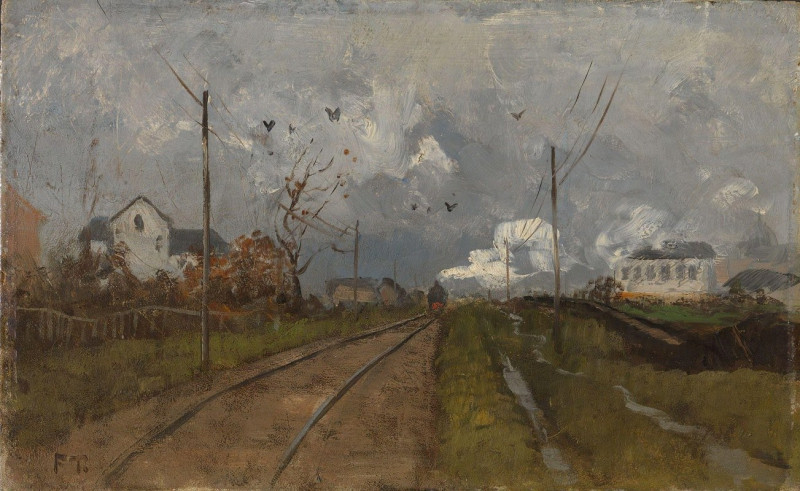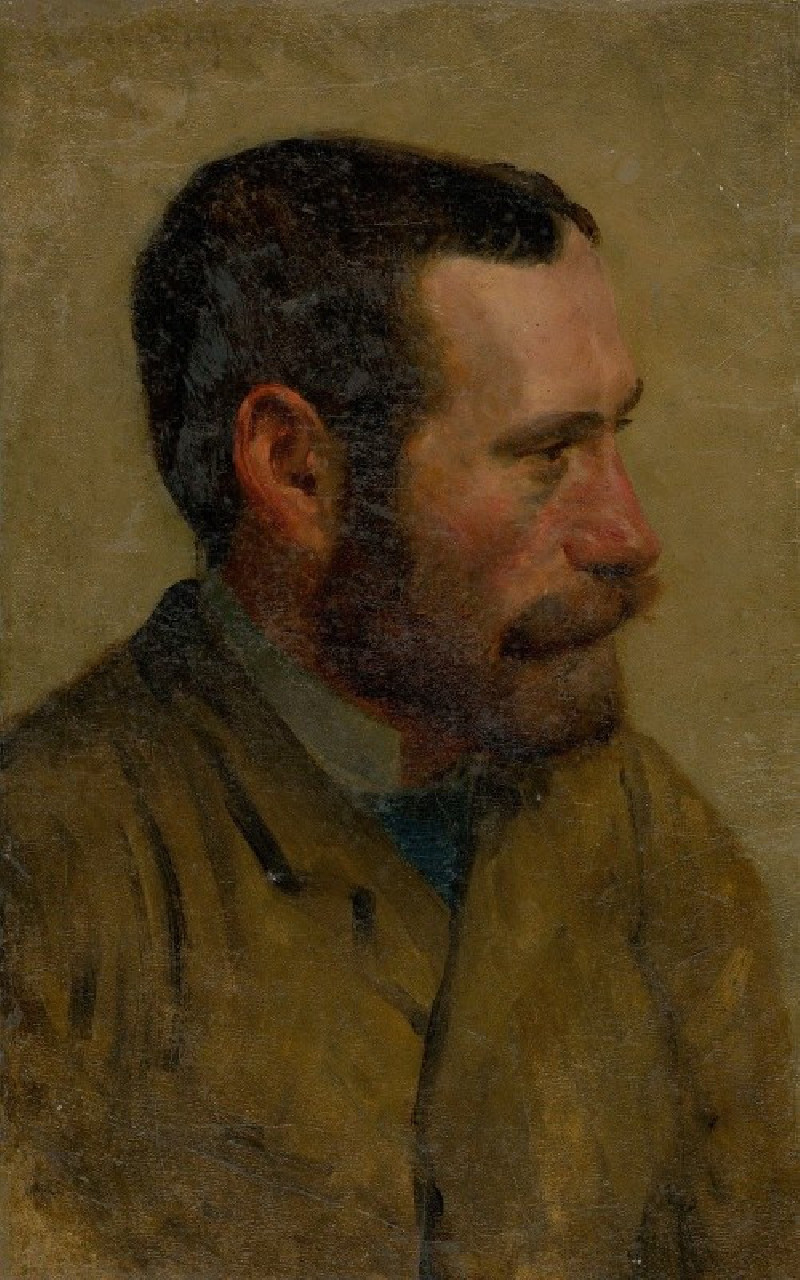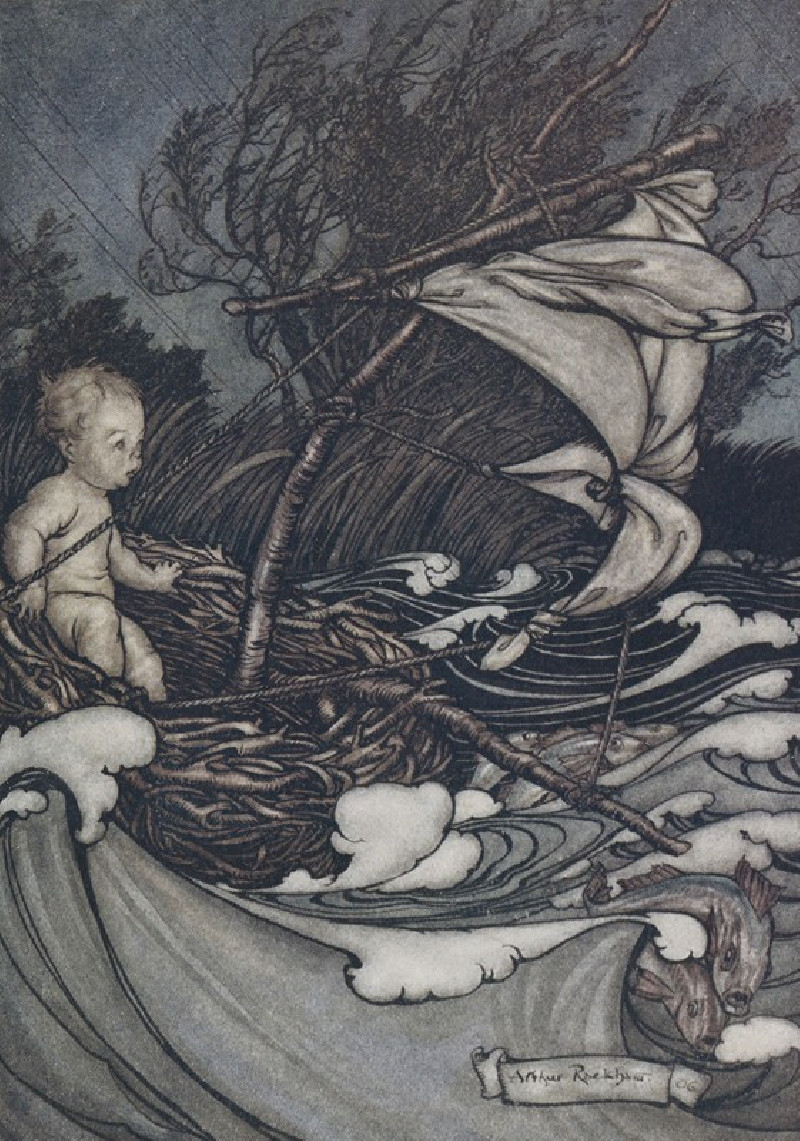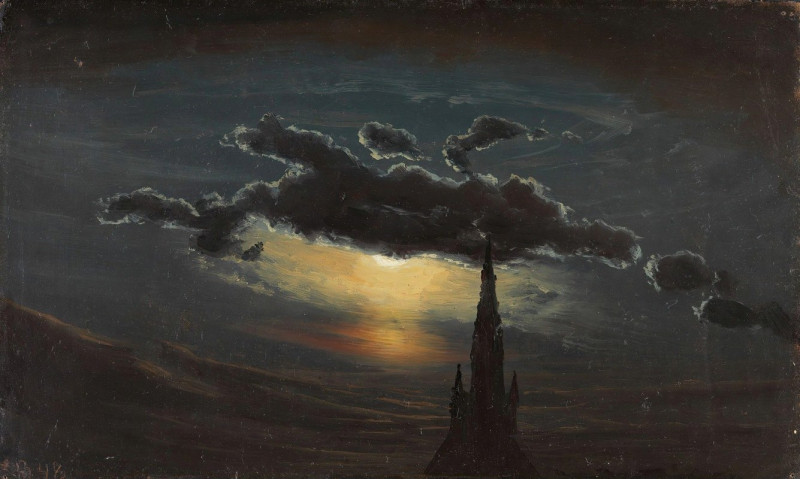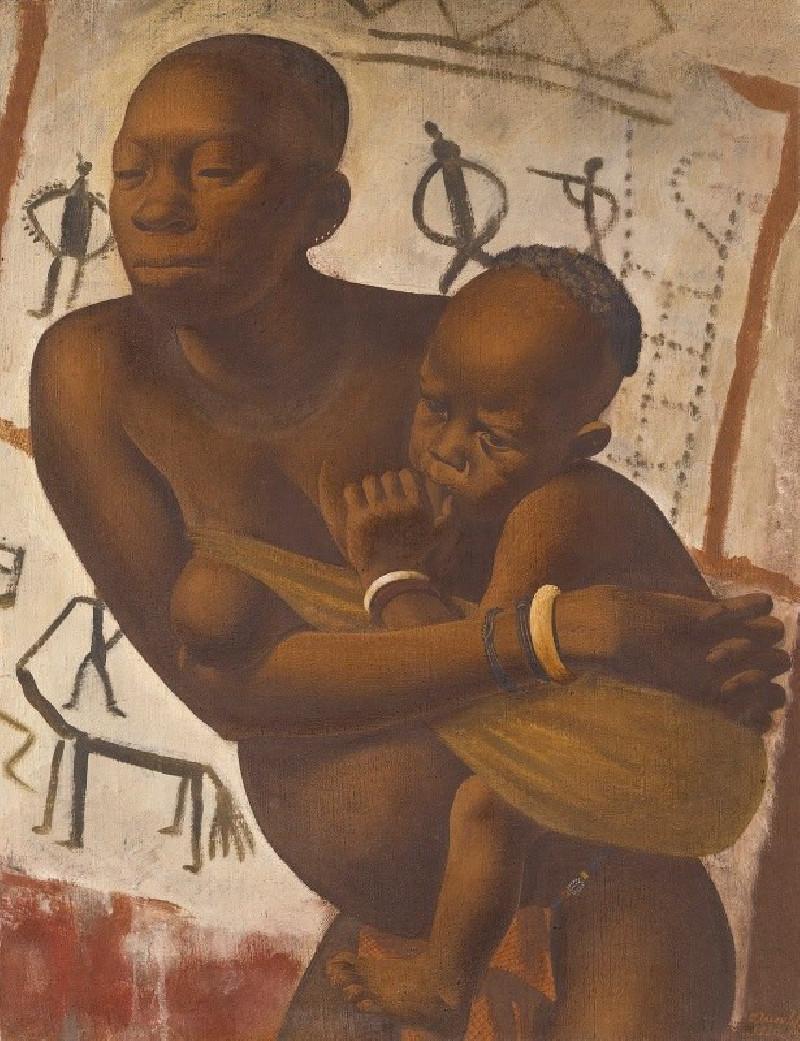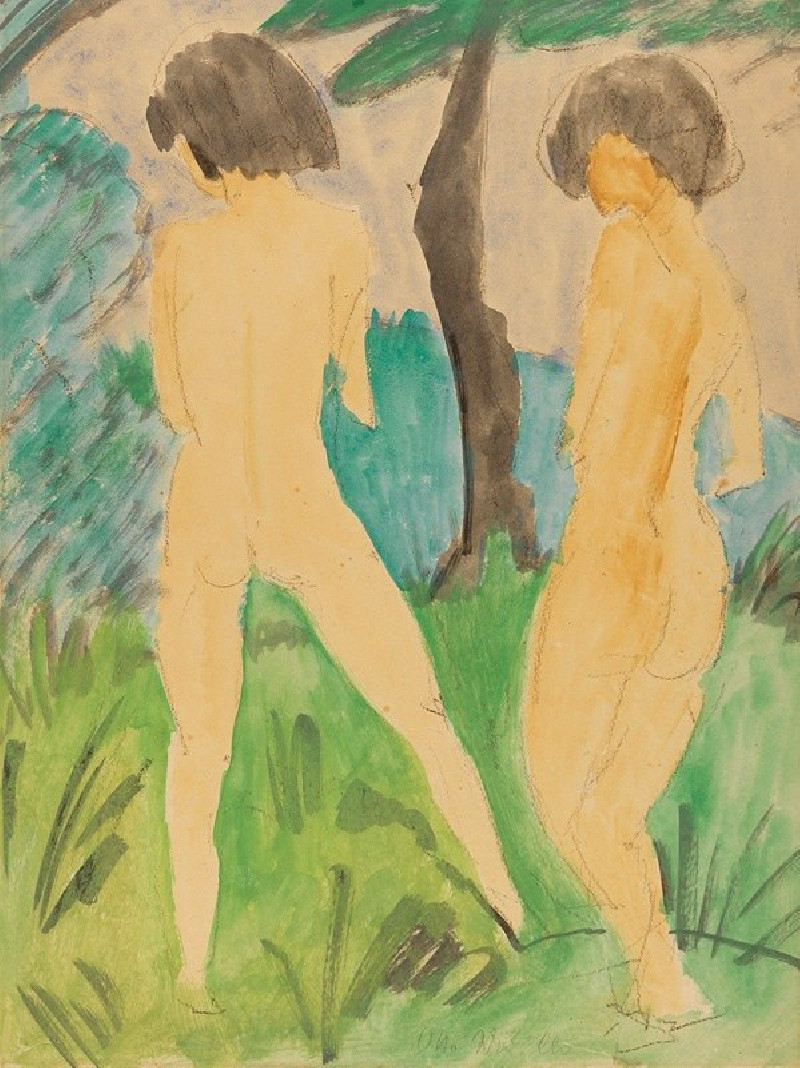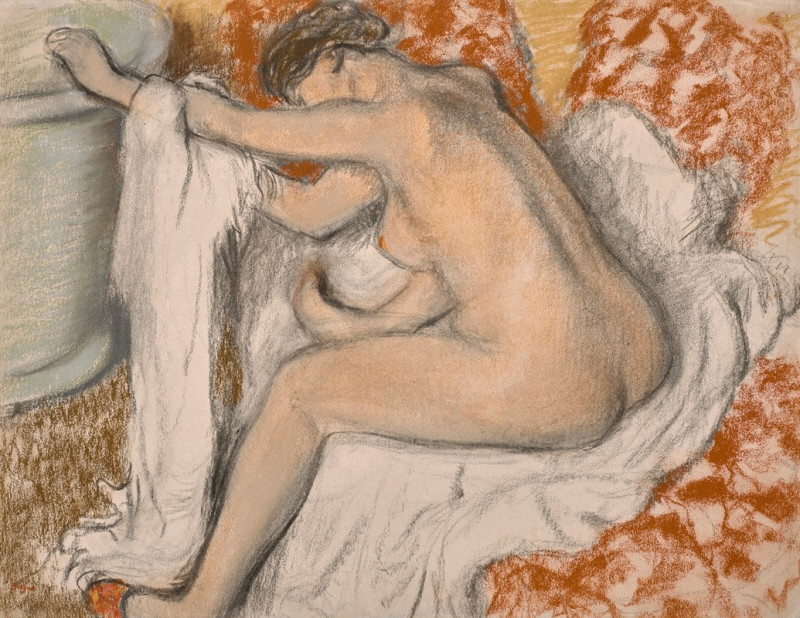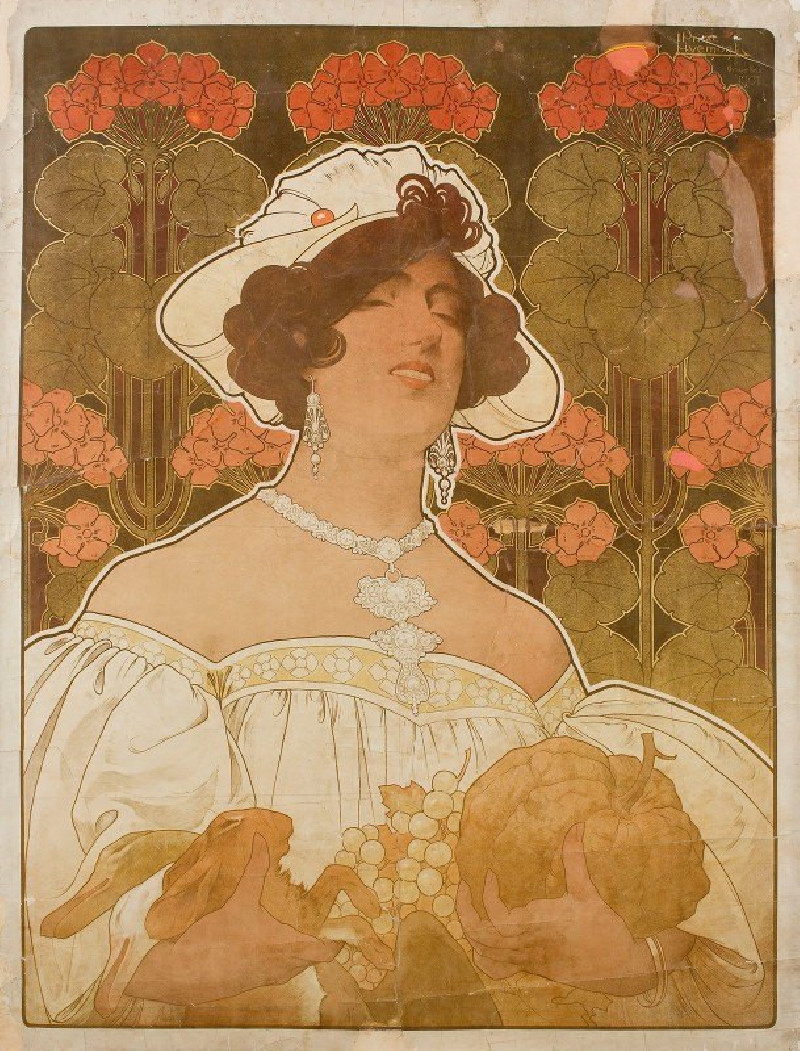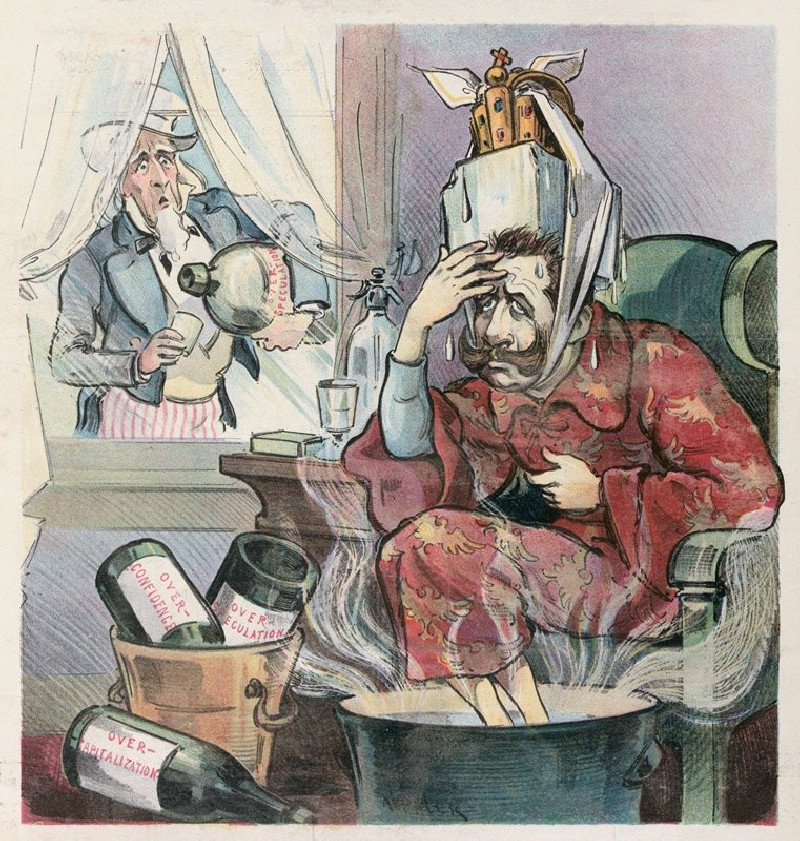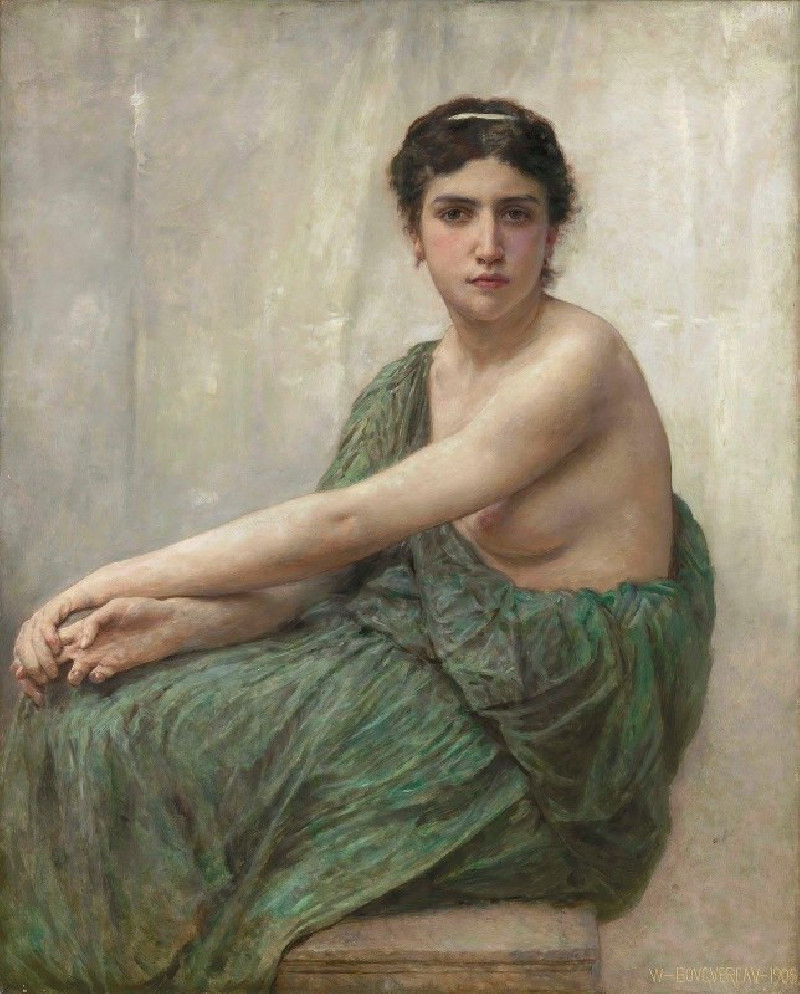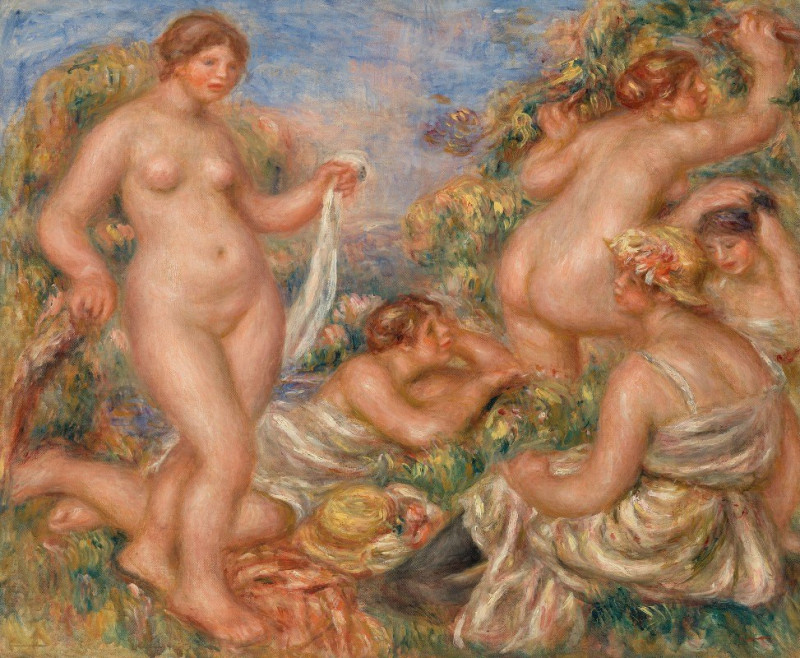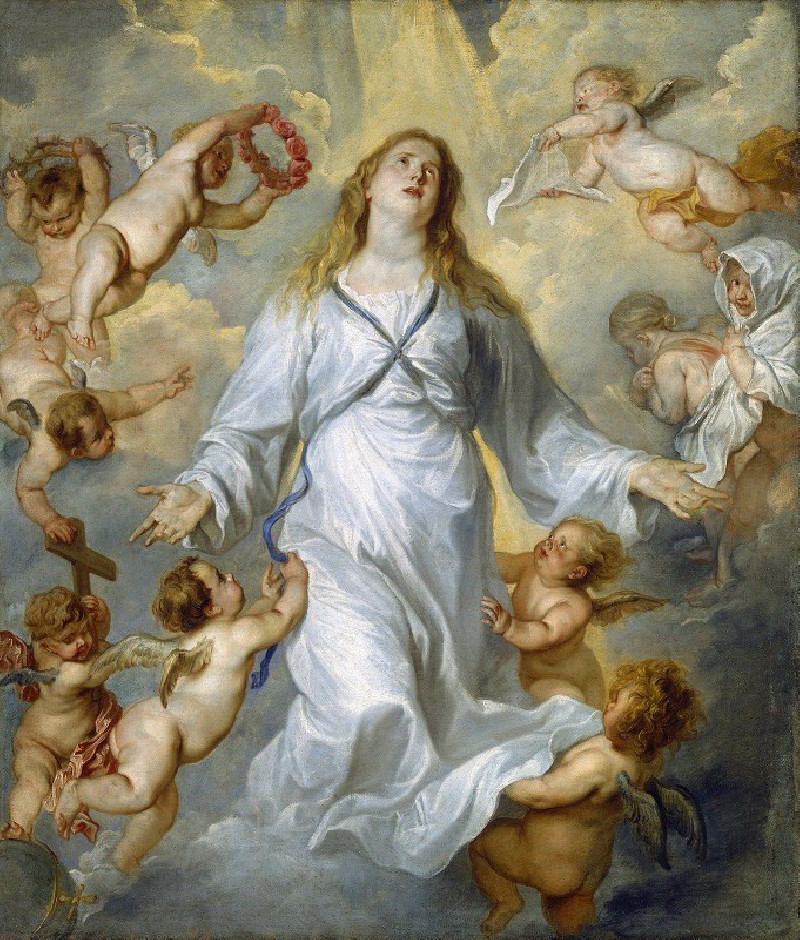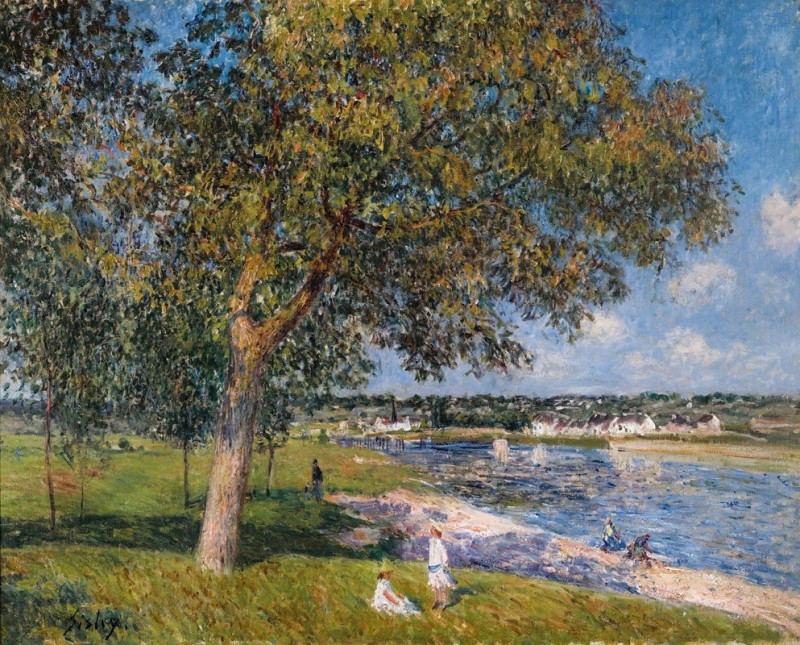Winter (1899)
Technique: Giclée quality print
Recommended by our customers
More about this artwork
"Winter" (1899) by Edvard Munch captures a serene yet bold representation of a snowy landscape. The painting features a thick forest of tall, dark trees that contrast dramatically with the bright, undulating snow-covered ground. Munch uses swirling patterns to depict the snow, adding a dynamic texture to the scene, which brings a certain sense of movement and life to the otherwise silent, wintry environment.The snow's undulating forms and shades of blue, white, and grey contribute to a feeling of depth and coldness. The dark trunks of the trees rise starkly against the lighter background, their branches heavy with snow, bending under its weight. The scene lacks human presence, focusing entirely on nature’s stillness and beauty during the winter season.Munch’s use of broad, loose brush strokes and the somewhat abstract portrayal of natural elements may reflect the emotional or psychological resonance of the scene, a characteristic approach seen in his more famous works. This painting, while less tormented than his iconic pieces like "The Scream," still conveys a deep, reflective quality, typical of Munch's explorations of natural elements and their deeper connections to human emotions.
Delivery
Returns
Edvard Munch (12 December 1863 – 23 January 1944) was a Norwegian painter. His best known work, The Scream (1893), has become one of Western art's most iconic images.
His childhood was overshadowed by illness, bereavement and the dread of inheriting a mental condition that ran in the family. Studying at the Royal School of Art and Design in Kristiania (today's Oslo), Munch began to live a bohemian life under the influence of the nihilist Hans Jæger, who urged him to paint his own emotional and psychological state ('soul painting'); from this emerged his distinctive style.



